A 12-Year-Old Boy Went Viral for Eating His Classmates’ Leftovers So He Could Save His Free School Lunch for His Disabled Mother. His Selfless Act Sparked Donations and Calls for Government Action. Now, This is His Story.
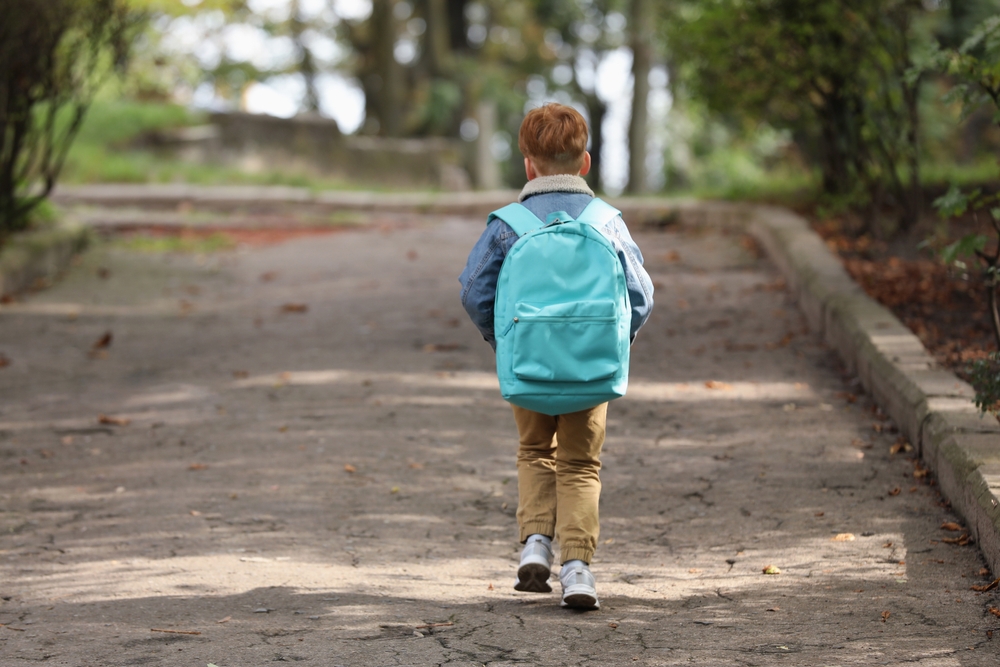
Imagine being twelve years old and carrying the weight of your mother’s hunger on your shoulders.
While most kids rush to the cafeteria to trade snacks or avoid mystery meat, one boy quietly gathered the untouched leftovers from his classmates — not because he was extra hungry, but because someone at home needed it more. He wrapped up his free school lunch, the one meal guaranteed to him each day, and saved it for his disabled mother.
No cameras. No applause. Just love disguised as leftovers.
When his story surfaced, it struck a nerve. Not because it was rare — but because it was revealed. His selflessness sparked donations, headlines, and outrage. And beneath the viral spotlight, a deeper truth emerged: hunger in America isn’t always loud. Sometimes it looks like a polite smile. Sometimes it sounds like “I’m not hungry” when someone clearly is.
How many more children are making adult decisions just to survive the day?
This is more than a story about a boy and a lunchbox. It’s about invisible burdens, unseen generosity, and the uncomfortable question we’re all left with: Why does a child have to do this at all?
The Boy Behind the Headlines
The viral image might be a snapshot — a boy quietly wrapping his lunch — but the story behind it unfolds over years of quiet resilience.
He’s just twelve. Not old enough to vote, drive, or even stay home alone in some states. But already, he’s carrying the emotional weight of a provider. Every day at school, he collected the untouched scraps his classmates threw away: a half-eaten sandwich, an unopened bag of chips, a juice box still sealed. Not for himself. He wasn’t scavenging to satisfy his own hunger.
He was saving food so his disabled mother could eat.
This boy, whose name we protect here out of respect, wasn’t thinking about going viral. He wasn’t looking for praise or pity. He was thinking about home — about the woman who raised him, now unable to fully care for herself. About the empty shelves. About doing something.
What began as a quiet act of devotion was uncovered by a teacher who noticed the boy repeatedly taking extra food but never eating it. When asked, he confessed without shame, but also without drama: “I’m taking it home to my mom.”
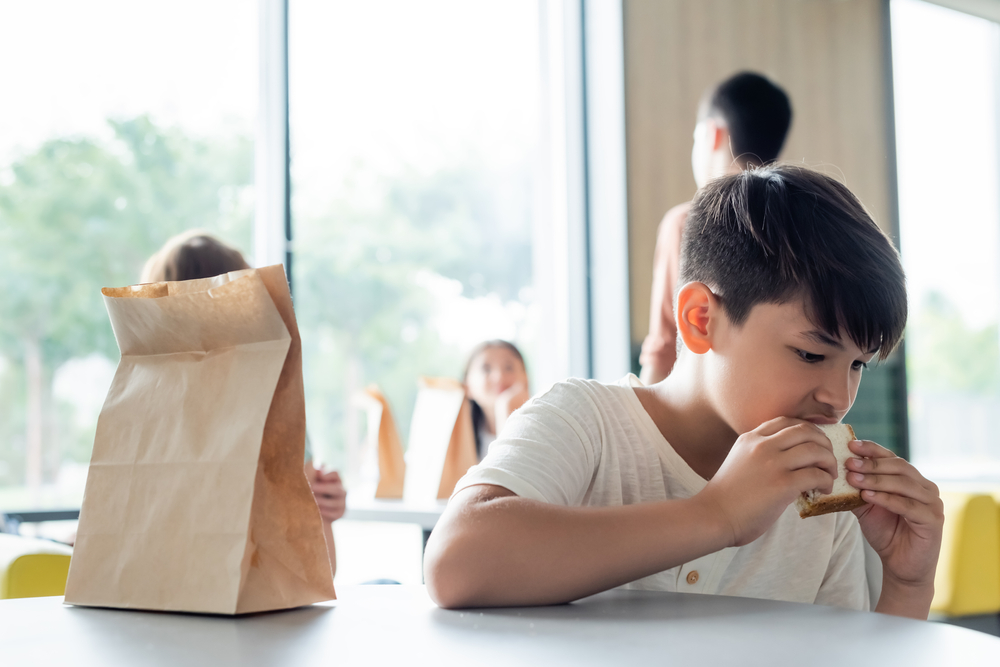
That simple, honest answer opened a floodgate — not just of emotion, but of awareness.
This wasn’t a staged moment. There were no hashtags or campaigns. Just a boy, doing what he could with what little he had. In that moment, he became more than a headline. He became a mirror — reflecting back a question we too often look away from: How many children are quietly sacrificing because the system meant to protect them doesn’t?
And perhaps most striking of all? He didn’t see his actions as extraordinary.
“We help the people we love,” he said.
Twelve years old. And already, he understood what too many adults forget: love is not just a feeling — it’s action. Sometimes humble, sometimes invisible, but always real.
The Hidden Struggles in School Cafeterias

Not all hunger looks like an empty plate.
Sometimes it looks like a kid saying “I’m not hungry” so his friends won’t ask questions.
Sometimes it looks like a child who trades jokes but skips the lunch line.
Sometimes it looks like a fruit cup — day after day, the same lonely item on a tray.
In the U.S., more than 13 million children live in food-insecure households, according to the USDA. That’s roughly one in five kids who don’t reliably know when they’ll eat next. And yet, their stories often remain hidden behind smiles, distractions, or silence. Especially in school cafeterias, where the expectation is simple: everyone eats, everyone is equal.
But the reality is far different.
Too many students walk into school already burdened — not just with homework, but with adult responsibilities and survival strategies. Some skip meals so their siblings can eat more at home. Others ration their school lunches or take them home like the boy in our story. These aren’t isolated cases — they are symptoms of a deeper, systemic issue.
And the shame attached to poverty? That’s the part that silences children.

Schools try to help, but the support isn’t always enough. The National School Lunch Program provides reduced and free meals, but the application process can be intimidating, especially for undocumented families or those just above the cutoff line. And when families fall behind on payments, children are often the ones punished — given cold substitute meals, singled out by staff, or denied lunch entirely. The term “lunch debt” might sound bureaucratic, but for a kid, it feels like humiliation.
These are the quiet heartbreaks. The stories that don’t go viral. The kids who learn to hide their hunger with laughter, who become masters at deflection. Not because they want to deceive, but because they’re trying to protect their dignity.
This is the poverty you don’t see. Not because it’s not there — but because we haven’t been trained to look.
Public Response and Media Attention
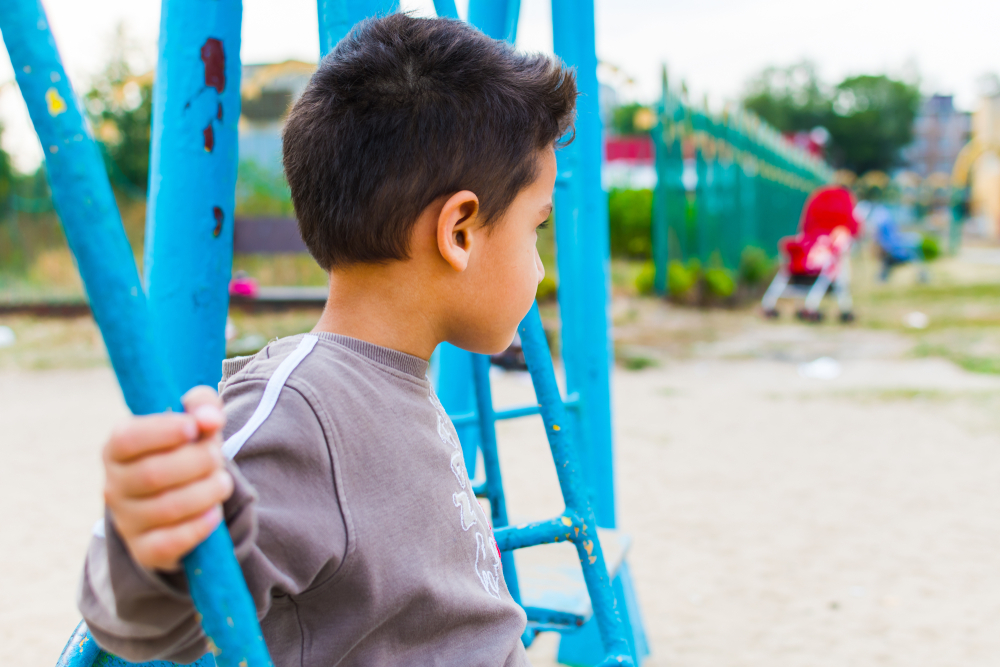
When the story of the 12-year-old boy saving his school lunch for his mother surfaced, it did more than tug at heartstrings — it lit a fire. Media outlets picked it up. Social media flooded with reactions. Donations poured in. People were moved, not just by the boy’s sacrifice, but by the love behind it. In a sea of daily headlines, this one broke through — not because it was shocking, but because it was profoundly human.
The world saw not just a boy, but a quiet hero doing what many adults might overlook: putting someone else’s needs ahead of his own, not for attention, but out of instinct. He wasn’t trying to go viral — he was just trying to take care of his mom.
This wave of attention brought with it a flood of generosity. Fundraisers were launched. Strangers offered groceries, financial support, job leads for the mother. Some communities even began discussing how to support food-insecure families in their local school systems.
But the impact went deeper than dollars.
People began to reflect — on their own childhoods, on their neighbors, on the kids sitting alone in the cafeteria. Parents asked their children more questions. Teachers paid closer attention. For a moment, the story stripped away the politics and policy debates and reminded everyone of something simpler: the raw power of empathy.
Yet even in the flood of support, there was a sobering undercurrent. Why did it take this boy’s sacrifice to prompt action? Why do so many acts of compassion need to go viral before they are taken seriously?
The truth is, compassion doesn’t always make the headlines. The boy’s story resonated because it was rare to see such a pure, unfiltered act of love in a world that often celebrates the opposite. But there are countless children like him — unseen, unheard — whose stories never reach the surface.
Why Systemic Change Still Matters
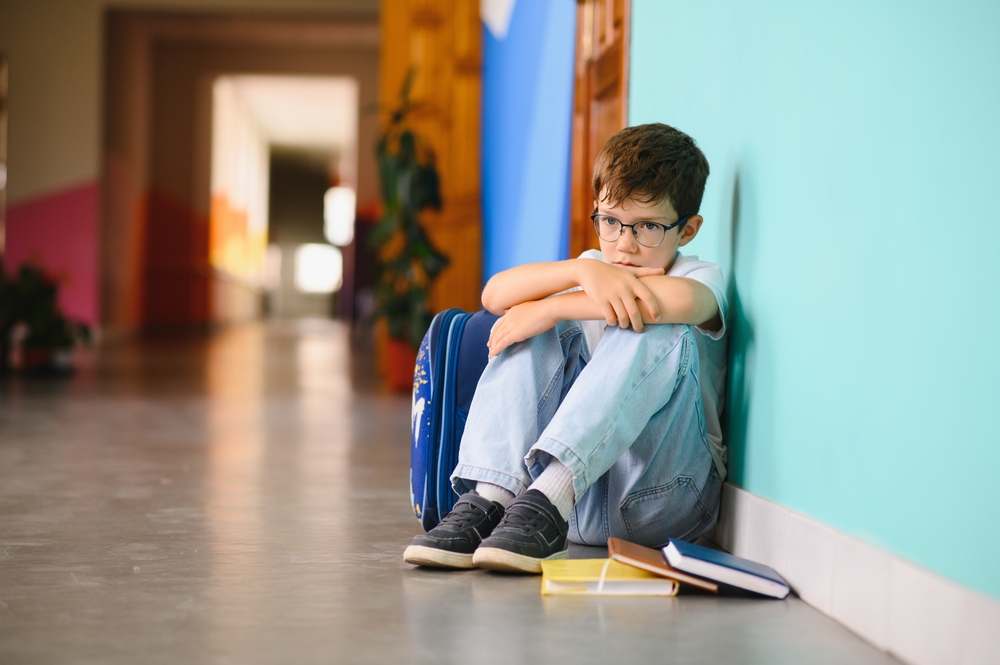
The outpouring of support for the 12-year-old boy and his mother was beautiful — a reminder that compassion is alive. But for every child who gets a viral moment and a lifeline of donations, there are thousands more quietly slipping through the cracks, without a headline, without a helping hand.
And that’s the problem with relying on pity alone. It’s reactive. It waits for tragedy to trend.
What this boy’s story exposes isn’t just personal sacrifice — it reveals a structural failure. In one of the richest countries in the world, no child should have to choose between eating their lunch or saving it for a hungry parent. Yet millions do, because the systems meant to protect them are riddled with gaps and gatekeeping.
The U.S. National School Lunch Program serves nearly 30 million children, but it doesn’t reach everyone who needs it. Families just barely above the poverty line are often ineligible. Others struggle with paperwork, language barriers, or fear of government systems. Even within the program, kids can accumulate “lunch debt,” leading to public shaming, denial of food, or substitute meals that send a message: you don’t belong here.
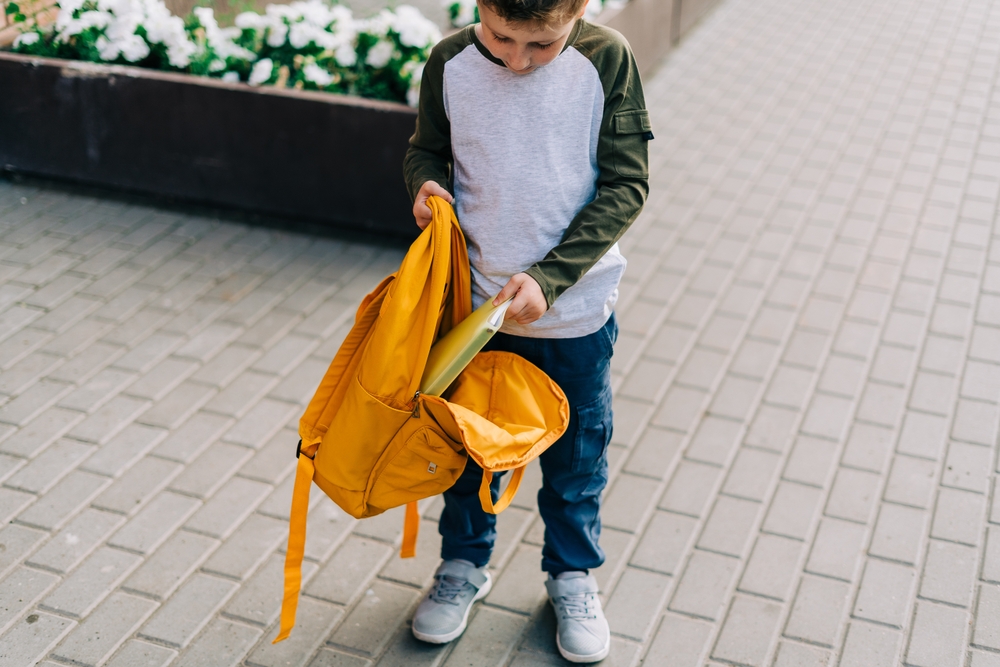
It doesn’t have to be this way.
There are solutions already on the table. Community eligibility provisions, for example, allow schools with high poverty rates to offer free meals to all students — no applications, no stigma. Cities like New York and Baltimore have implemented universal free lunch for middle and elementary schools, with overwhelmingly positive outcomes: better attendance, improved academic performance, and reduced anxiety around food.
But just as progress is made, it’s often threatened. Some lawmakers have proposed raising the threshold for school-wide free meal programs, making it harder for districts to qualify. Others argue about cost, forgetting the far greater cost of hungry children: poor health, struggling grades, and the long-term toll of growing up in survival mode.
We shouldn’t need to go viral to feed a child. We need policies rooted not in pity, but in justice.
Because pity is temporary. Policy is transformative.
What This Boy Teaches Us About Humanity
At its core, this isn’t just a story about hunger.
It’s about who we choose to be when no one is watching.
The 12-year-old boy who saved his lunch wasn’t making a statement — he was living one. In a world obsessed with performance, he offered quiet action. In a system where children are often the ones failed, he stepped in to fill the gap, not with money or influence, but with love. Love so real, it came wrapped in plastic wrap and hope.
He teaches us that kindness doesn’t need a stage. That being human isn’t just about surviving — it’s about looking out for each other, even when you have little to give. Especially then.
But perhaps the most profound lesson lies in what his story reveals about us.
It shows how deeply we crave connection — how one boy’s gesture could ripple across a nation and stir something primal: empathy, outrage, the desire to do better. It reminds us that the most powerful acts are often the most overlooked, and the most heroic people are often the least recognized.
It also forces us to confront uncomfortable questions.
Why did it take a child’s sacrifice to make us pay attention? Why do we so often wait for stories like this to stir us into action? What does it say about our society when a boy feeding his mother is extraordinary, not expected?
His story shouldn’t just move us. It should move us forward.
Because if a child can teach us how to love, how to give, and how to see beyond ourselves — then surely, as adults, we can learn how to build a world where no child has to make that choice again.
So ask yourself:
What would the world look like if we all acted with that kind of courage?
Who around you is quietly carrying a weight no one sees?
And what can you do — today — that might not go viral, but just might change someone’s life?
Maybe it starts with a meal.
Maybe it starts with a question.
But it has to start with us.
Loading...

